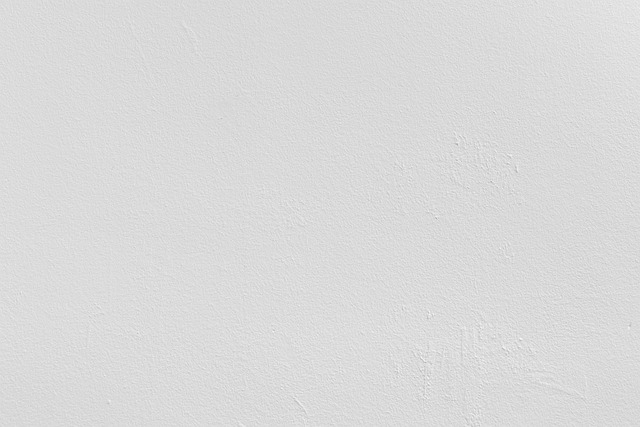
Stamped concrete stands as a versatile and aesthetic solution for enhancing floors and pavements both indoors and out. This decorative technique involves imprinting patterns and textures into freshly poured concrete to mimic other materials such as brick, slate, stone, and even wood, offering a cost-effective alternative to more expensive natural materials. The technique not only elevates the visual appeal but also augments the property value due to its durability and low maintenance requirements. The array of available colors and finishing techniques can integrate seamlessly with various architectural styles, making stamped concrete a popular choice for driveways, patios, walkways, and interior floors. Its adaptability and resilience make it particularly suitable for areas experiencing high traffic and harsh weather conditions, ensuring long-lasting beauty and functionality.
Stamped Concrete
Stamped concrete has emerged as a versatile and attractive option for both residential and commercial flooring needs, offering an aesthetic appeal similar to more expensive materials like stone, tile, or brick. This type of flooring uses a unique stamping process during the curing phase, where molds resembling traditional paving materials are pressed into the concrete surface. As a result, stamped concrete provides the visual elegance of high-end materials without the hefty price tag and maintenance requirements. It has become a popular choice for patios, walkways, driveways, and pool decks due to its durability and customizable appearance.
The process of creating stamped concrete begins with selecting the desired pattern and color palette, offering a wide range of options to suit any taste or architectural style. During the installation, the concrete is poured and allowed to set until it’s firm enough to hold an impression yet still pliable for the stamping process. Colored pigments are typically added either to the mix or applied to the surface to enhance the appearance and mimic natural materials more closely. After stamping, a sealant is applied to protect the surface from weather damage, wear and tear, and to enhance its longevity. The combination of patterns and colors can transform a space, adding significant value and curb appeal to a property.
One of the greatest advantages of stamped concrete over other flooring types is its low maintenance requirements. Unlike natural stones or tiles, ever-present in outdoor landscapes, stamped concrete does not shift or allow weeds to grow through its seams. With only periodic resealing and cleaning, this flooring option can maintain its aesthetic for many years. However, for high traffic or freeze-thaw environments, selecting high-quality materials and professional installation services is crucial. Flooring contractors specializing in stamped concrete possess the necessary expertise and tools to ensure a flawless finish, from choosing appropriate patterns and color mixtures to performing the meticulous job of stamping and sealing. Overall, stamped concrete stands as an ideal solution for those looking to combine functional durability with an attractive and customizable design element in their spaces.